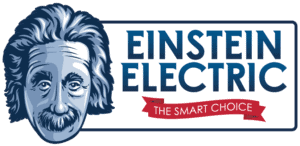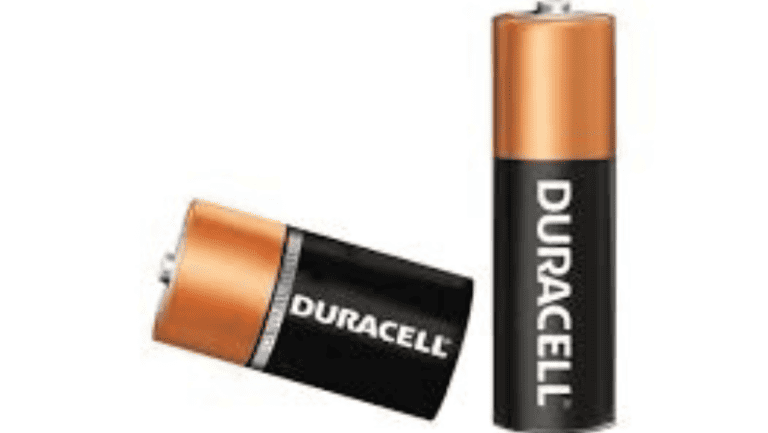When considering a solar panel installation, one of the primary factors to evaluate is the cost of the panels themselves. Solar panel prices can vary depending on several factors, including the brand, quality, efficiency, and warranty. Additionally, market conditions, supply and demand, and any applicable incentives or rebates can also impact the final price. So, let’s find out How much is a 300 watt solar panel in the US
In the United States, the average cost of a 300-watt solar panel ranges from $200 to $400. However, it’s important to note that this is just the cost of the panel itself and does not include the cost of installation, additional components, such as inverters or mounting systems, or any associated labor costs. These additional expenses will vary depending on the complexity of the installation, the location, and the specific requirements of the project.
The cost per watt of a solar panel is a commonly used metric to compare prices across different brands and models. For a 300-watt solar panel, the average cost per watt can range from $0.67 to $1.33. Higher-end panels with premium features or technologies may be priced at the upper end of this range, while more affordable options or panels from lesser-known brands may fall toward the lower end.
It’s worth noting that the cost of solar panels has decreased significantly over the past decade. This downward trend is due to improvements in manufacturing processes, economies of scale, and increased competition in the solar industry. In the future, as technology continues to advance and the market matures, it is expected that solar panel prices will continue to decline.
It’s also important to consider the long-term value and return on investment (ROI) of a solar panel system. While the upfront cost of solar panels may seem significant, the financial benefits over the system’s lifespan can outweigh the initial investment. Solar panels can generate electricity for 25 to 30 years or more, providing substantial savings on electricity bills over that period.
In addition to the cost of the panels, it’s crucial to consider available incentives and rebates that can help offset the upfront expenses. The federal investment tax credit (ITC) is one of the most significant incentives available in the United States. As of the current information available, the federal ITC allows homeowners and businesses to claim a tax credit of 26% of the total cost of their solar panel system, including installation. State-level incentives, such as rebates or tax credits, may also be available, depending on where you live.
To obtain a precise assessment of the complete expenses associated with a solar panel installation, it is recommended to engage with nearby solar installation experts or gather quotations from several firms. These professionals possess the expertise to analyze your individual requirements, gauge your property’s solar viability, and offer comprehensive cost approximations tailored to the distinct elements of your endeavor. One such reliable option is Einstein Renewables, a renowned company dedicated to sustainable energy solutions. By visiting einsteinrenewables.com, you can access valuable insights into their services and gain access to a wealth of information pertaining to solar installations.
Local solar installers possess the knowledge needed to factor in variables like local weather conditions, sun exposure, energy consumption patterns, and any potential obstructions, thereby enabling them to formulate an accurate cost projection. By procuring multiple quotes, you can effectively compare different offers and make an informed decision based on your budget and preferences.
Einstein Renewables, for instance, is well-equipped to guide you through this process. With their expertise and online resources, you can embark on your solar journey well-informed and confident in your investment. Remember, collaborating with professionals and leveraging reputable resources is key to ensuring a successful and cost-effective solar panel installation.
In conclusion, the cost of a 300-watt solar panel in the United States can range from $200 to $400. However, it’s important to consider the additional expenses associated with installation, components, and labor. The cost per watt typically falls between $0.67 and $1.33. It’s crucial to research available incentives and rebates, such as the federal investment tax credit, which can help offset the upfront costs. For a precise cost estimate of solar panel installation, seeking advice from local solar installers is highly advisable. These experts possess the expertise to conduct a thorough evaluation of your project’s unique requirements, enabling them to provide detailed and accurate cost assessments. Among the reputable options is Einstein Renewables, a company dedicated to sustainable energy solutions. You can learn more about their services and insights at einsteinrenewables.com.
While the upfront investment for solar panels might seem significant, the long-term financial advantages are substantial. Solar panels offer consistent energy savings over their lifespan, contributing to a reduction in utility bills and potentially leading to a return on investment (ROI) over time. They also enhance property value and can generate surplus energy that can be sold back to the grid.
Partnering with experts like Einstein Renewables ensures that you make informed decisions about your solar investment. By considering the tailored cost estimates and long-term financial benefits, you can recognize the overall value of solar panels for both homeowners and businesses, ultimately making them a worthwhile and sustainable choice.












